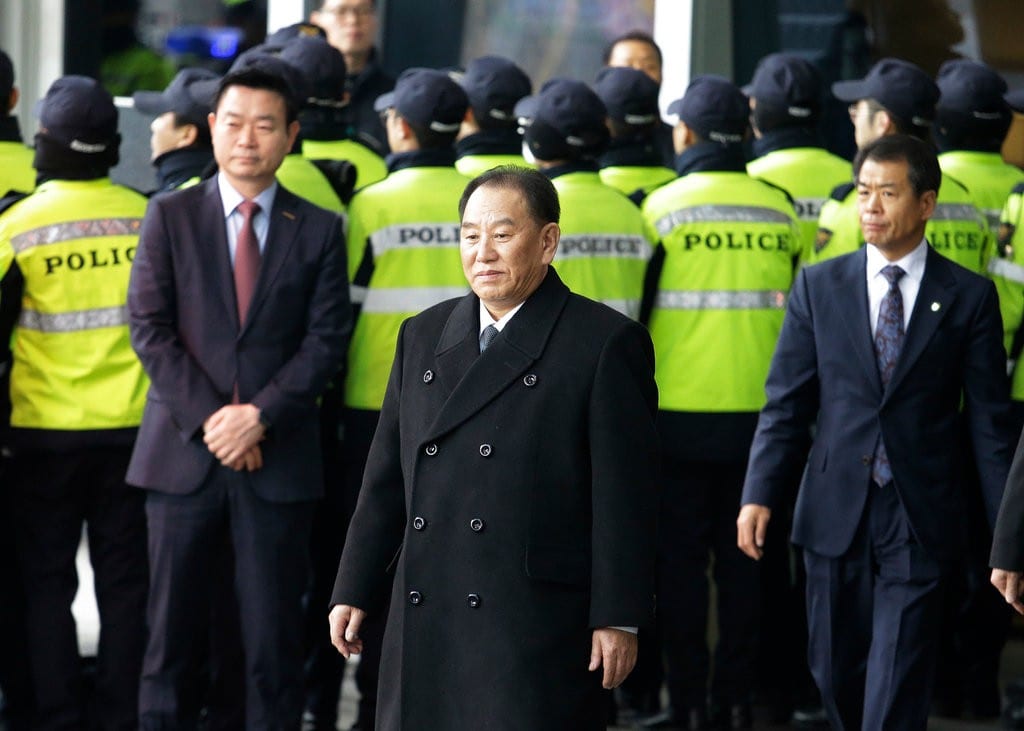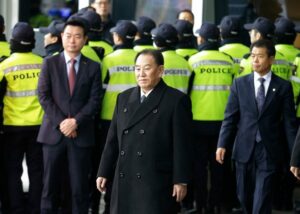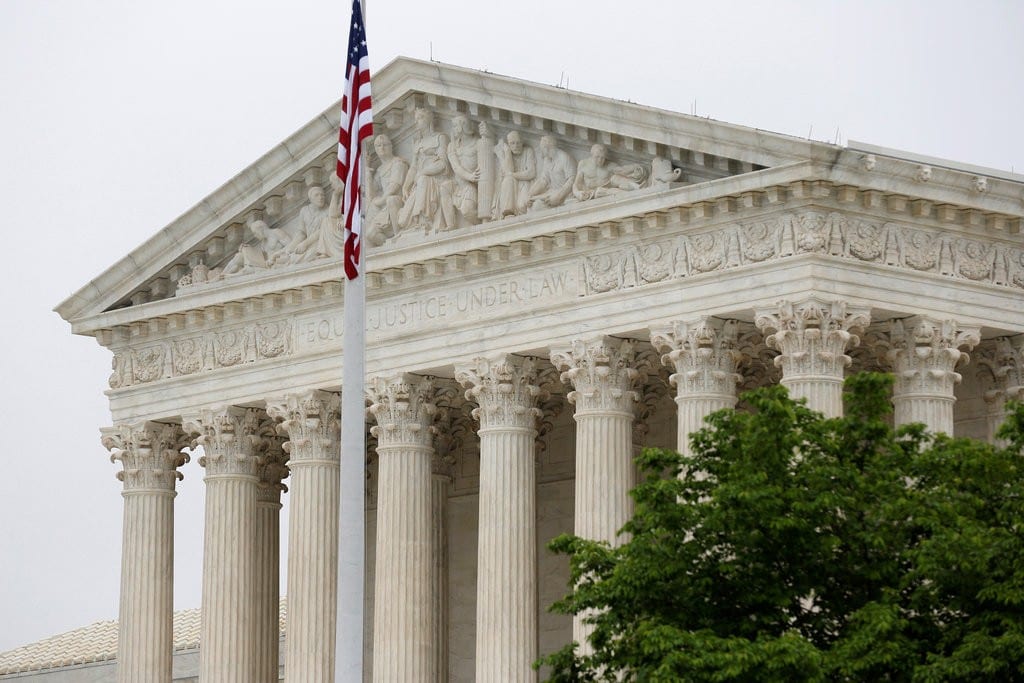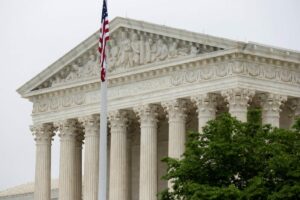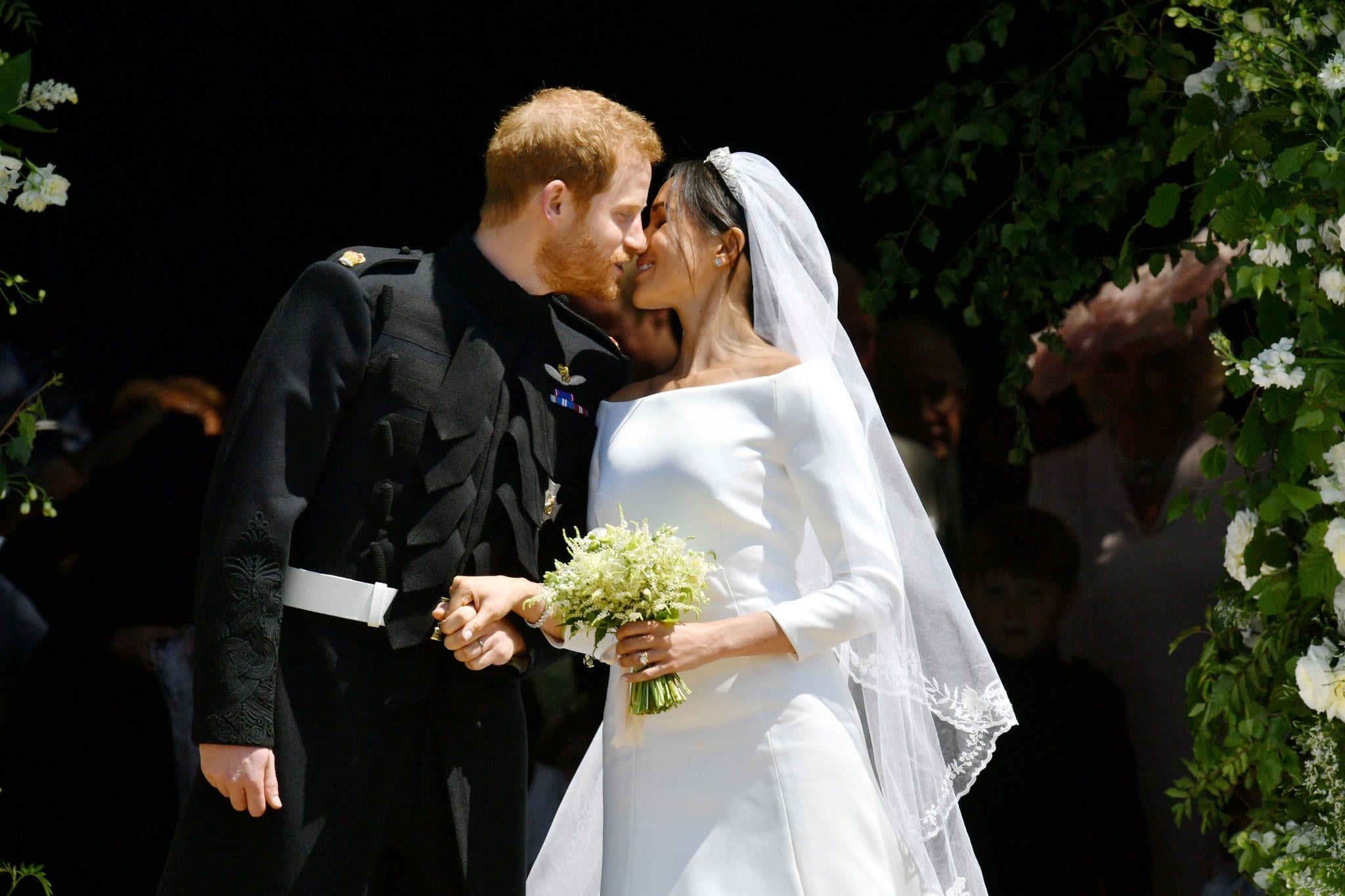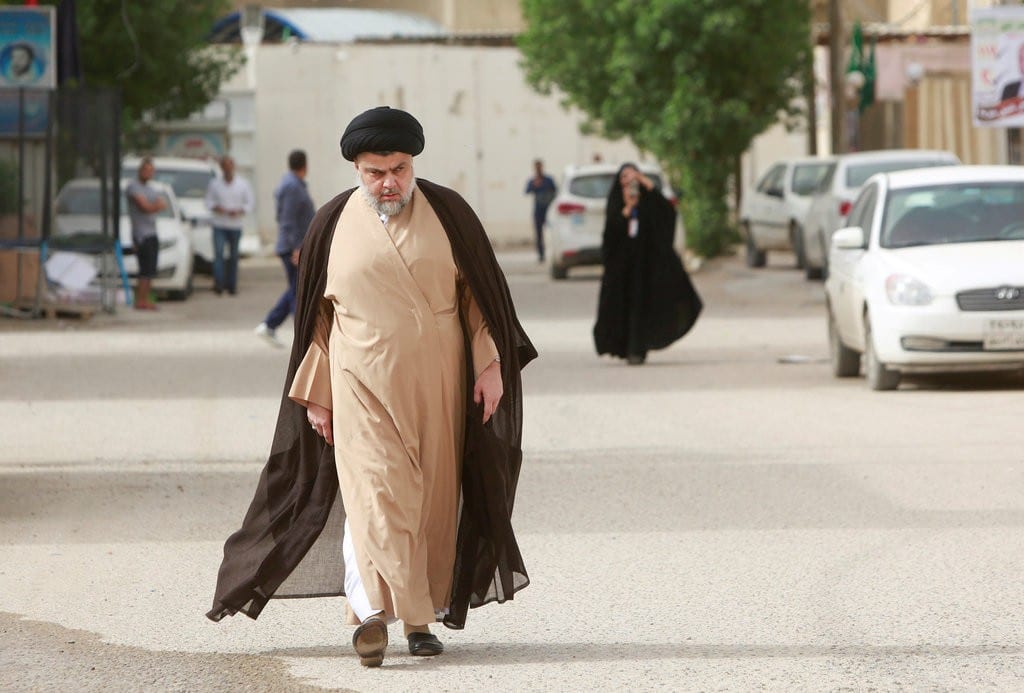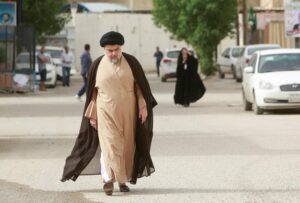AMERIKADA COLARADO’DAKI UYELERIMIZIN DIKKATINE … TURKISH FORUM
Kimden: EMI P [mailto:[email protected]]
Dear Major Turkish-American Organizations,
It has now been over a week since 30-year old Turkish-American police officer Cem Düzel serving in the Colorado Springs Police Department (CSPD) was shot in the line of duty on the night of August 1, 2018 and still remains in critical condition at the UCHealth Memorial Hospital Central, Intensive Care Unit (Note: No flowers are accepted in the ICU). Yet, no Turkish-American organization that I am aware of has shown enough concern to inform the nationwide Turkish-American community or to even post an e-mail announcement wishing him a speedy recover and that our thoughts and prayers are with him and his family. HOW ABOUT SHOWING SOME LOVE AND CONCERN FOR A MATTER THAT DOESN’T PERTAIN TO SOCIAL EVENTS OR POLITICS?
I have contacted the CSPD and was told that donations to Ofc. Düzel and his family were being coordinated by the Colorado Springs Police Protective Association Fallen Officer Relief Fund (CSPPAFORF) Tel: (719) 634-0058 ; and that tax-deductible donation checks should be made out to:
CSPPAFORF
For Cem Düzel fund
and mailed to:
Colorado Springs Police Protective Association
516 North Tejon Street
Colorado Springs, CO 80903
Sincerely,
Enis Pınar
https://webcache.googleusercontent.com/search?q=cache:fIT9w3KW5NAJ:https://www.dailysabah.com/americas/2018/08/05/turkish-american-police-officer-critically-wounded-in-colorado-shootout+&cd=1&hl=en&ct=clnk&gl=us
AMERICAS
Turkish-American police officer critically wounded in Colorado shootout
DAILY SABAH WITH ASSOCIATED PRESS
ISTANBUL
Published August 5, 2018
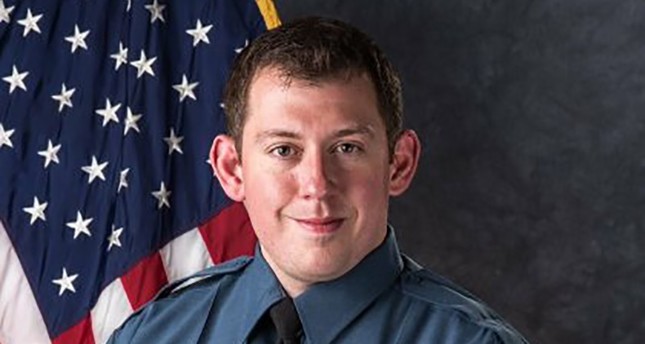
Photo of Officer Cem Düzel from the Colorado Springs Police Department.
A Turkish-origin police officer who was shot in the head by an Iraqi immigrant in the U.S. state of Colorado on Thursday remains in critical condition.
Officer Cem Düzel of Colorado Springs was responding to a call in the early morning hours when a man pulled out a gun and began shooting at him, authorities said.
Düzel, 30, was shot in the head and remains in an area hospital. Health officials said he has shown movement on both sides of his body, a hopeful sign, local media reported.
Hundreds of community members attended a prayer vigil on Friday night to support Düzel. The community is also collecting donations to help his family with medical expenses.
The attacker was a 31-year-old Iraqi immigrant Karrar Noaman Al Khammasi, which court records show has a recent criminal history in the U.S.
Al Khammasi was hospitalized with non-life-threatening injuries.
He was first charged with drunk driving in 2013. After a month later, Khammasi added another charge of criminal extortion where investigators claimed he threatened a man and his family and set a car on fire.
The Colorado Springs Gazette reports Al Khammasi’s criminal record includes a felony guilty plea to first-degree trespassing and a probation violation that brought a year-and-a-half-long prison sentence.
Al Khammasi was charged earlier this year for allegedly possessing a stolen handgun. Al Khammasi’s hospitalization caused him to miss a court appearance on the gun charge Friday.
_ _ _ _ _ _ _ _ _ _ _
Man charged in Colorado cop shooting was set for deportation
by Kathleen Foody | AP August 6

In this undated photo provided by Colorado Springs Police Department is Officer Cem Duzel. Police in Colorado Springs, Colo., said Monday, Aug. 6, 2018 that the officer who was wounded in a shootout was in “critical, but stable” condition. He was shot while responding to a call about shots fired early Thursday east of downtown. Investigators say 31-year-old Karrar Noaman Al Khammasi pulled a handgun and began shooting at officers. (Colorado Springs Police Department via AP) (Associated Press)
DENVER — A refugee from Iraq charged with shooting a Colorado police officer last week was set for deportation before a federal appeals court ruled in 2016 that a portion of immigration law defining violent crime was too vague, according to a Department of Homeland Security official.
The DHS official, who was not authorized to discuss the case on the record and spoke to The Associated Press on condition of anonymity, said Monday that federal immigration authorities began deportation proceedings against Karrar Noaman Al Khammasi after he violated probation terms of a felony trespassing plea in 2015.
The official said an immigration judge ordered on June 13, 2016, that Al Khammasi be removed from the country.
Four months later, federal prosecutors ended the deportation proceedings, citing an unrelated 10th Circuit Court of Appeals ruling that found a portion of federal immigration law defining what makes crimes violent and making it easier to deport someone convicted of such a crime too vague. He was released on Nov. 7, 2016, the official said.
In the appeals case, Moldova native Constantine Fedor Golicov was convicted in Utah of failing to stop at a police officer’s command, prompting immigration officials to begin deportation proceedings against him. On appeal, Golicov argued that federal law outlining “classes” of immigrants who could be deported, including those convicted of a “crime of violence,” was unconstitutionally vague and should not be used to justify his removal from the country.
The U.S. Supreme Court took up a similar case this year, striking down part of federal immigration law making it easier to deport immigrants convicted of “a crime of violence.” Justice Neil Gorsuch, nominated by President Donald Trump, joined the court’s four liberal justices in that 5-4 decision.
After the decision, Trump tweeted that “it means that Congress must close loopholes that block the removal of dangerous criminal aliens, including aggravated felons.”
The Colorado Springs Police Department said Monday that the injured officer, Cem Duzel, remained in “critical, but stable, condition.”
Police Chief Pete Carey said Duzel, 30, was among several officers who responded to a call about shots fired near the U.S. Olympic Training Center. Carey said the officers found an armed suspect and the officer was injured in an exchange of gunfire.
Al Khammasi, 31, was wounded and remained hospitalized on Monday. His attorney, Jennifer Chu, declined comment on Monday when reached by phone.


















